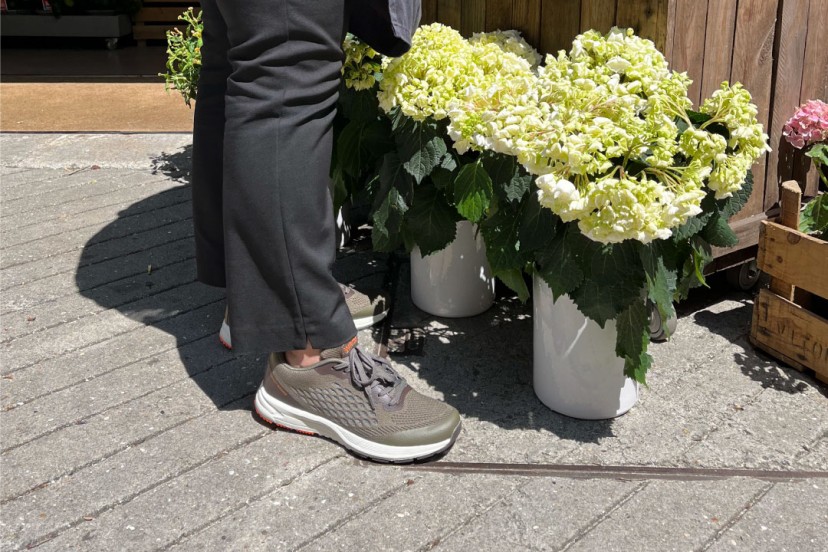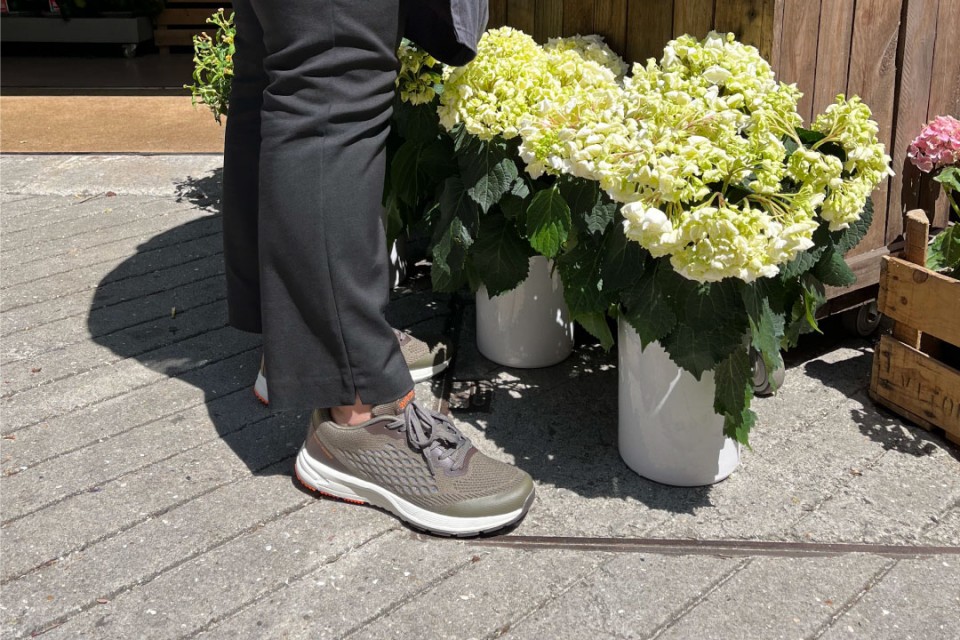Since the beginning of time, we have lived surrounded by forest, where Mother Nature provides us with everything we need: food, protection, health, education, connection and spirituality. We learn to know each plant (from seed to fruit), and its potential and versatility. On the other hand, we also learn to know which ones are toxic and poisonous or which ones cause pests and diseases to crops. This experience of communion and osmosis with our environment also makes us the environment itself.
Our original DNA linked to the natural environment is intrinsic. The interest in visiting more and more natural spaces, naturalist therapies, nature retreats, and alternative lifestyles away from the cities has increased, and it is not by chance. We need silence and breathing.
It is under this premise that the desire to bring Nature indoors, to get in touch with this visceral connection, is born.
By surrounding ourselves in our spaces with these wonderful beings that are the plants, besides making them more beautiful, attractive and full of vivacity, we are also bringing a little of this way of being, even if unconsciously.
The importance, or necessity, of the presence of plants in our lives is much broader and deeper than we can imagine. Often the act of buying a plant is very impulsive and superficial, and we do it because "we think it's nice to have a plant". But, having a plant, can also be a doorway into an incredibly deep and accessible world for anyone to fall in love with.
For the more aesthetic and decoration lovers, plants have a great advantage: they look good in any space: classic, vintage, minimalist, modern, romantic, eccentric, futuristic... Never out of place! Just like their colour: green. Incredibly, it is the colour that our eye has more optical capacity to recognise more shades; this phenomenon is due precisely to our ancestral experiences of the need to recognise the flora. For this reason, green is a neutral colour in plants. Our brain does not interpret it as green, but rather as an integral colour that does not make noise. This is also why we can combine plants in any type of scenery and decoration, whatever the predominant colours. |
For carers, who like to feel useful, it is a great experience for plant sitting. Having a living being in our care can be delightful! You cultivate a relationship of cooperation and also a great deal of knowledge and self-knowledge. Watching them develop, grow, feeling our hands on the earth, communicating with them, understanding their needs and being able to contribute to this process, undoubtedly brings a feeling of happiness and personal appreciation, as we develop a lot of our intuition and power of observation.
For the sceptics, who think that having or not having a plant is the same, this is a great opportunity to start testing the air quality of a space before and after the presence of plants. NASA has several studies on this subject of air quality in closed work spaces where they show the great potential of the chemical processes of plants, of absorbing toxins, carbon dioxide... and how the plant takes advantage of these materials for its own benefit. They work as an air purification filter! For example, Sansevieria (or St George's Sword).
| For those "traumatised" by plants because they "kill them all", the idea of having a plant can be very stressful and frustrating. But calm down, there is hope! Even botanical experts kill plants, and they have certainly had to go through a lot of mistakes to get to mastery. This is to say, that no matter how much scientific knowledge you have, there is always something that gets out of your control, and that's just as well. Furthermore, it is good to remember: no plant lasts forever. Start by buying a plant that is difficult to kill (remember that artificial plants are not plants!), that requires little watering and is versatile in terms of luminosity. It is important to remember that most plants die because they are overwatered! Which is a case of saying: take a deep breath and leave the plants alone in their little corner! When they need something, they will tell you themselves. Cultivate observation. Tip for having your first plant: for example, the Zamioculca (or ZZ plant). |
By including plants in our spaces, we are also mirroring all this cultivation of physical and mental well-being within ourselves. Especially at work, where it is not our habitat and where we spend many hours, the presence of these beings makes us feel more welcome, calmer, more relaxed and consequently more confident and focused and productive in our goals. This is why plants are always a source of optimism, hope and encouragement, but mainly a means of connecting us with the natural world and with ourselves.
Sofia Nico
Terrárea












